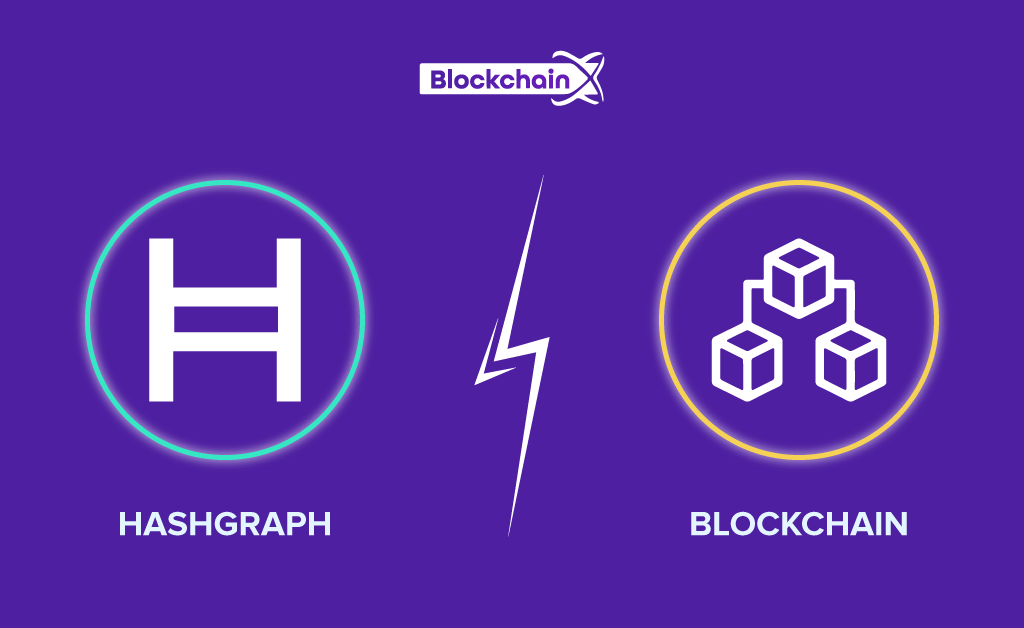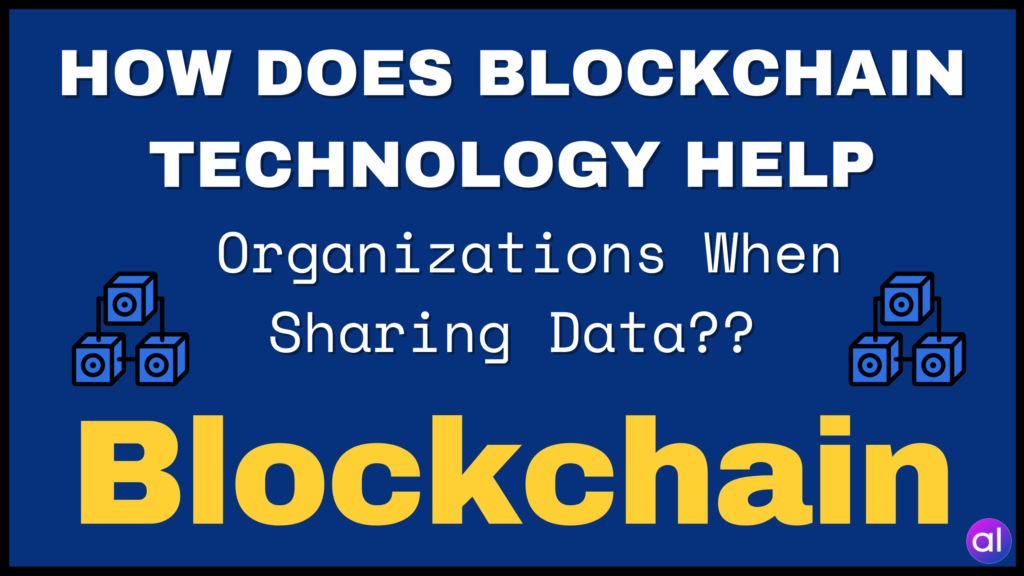
With the world moving towards transparent and robust distributed ledger technology (DLTs), numerous blockchain alternatives are emerging. These DLTs are being increasingly adopted by companies worldwide, making it easier to track transaction data records.
One such distributed ledger technology is Hashgraph, which is gaining traction rapidly due to its efficiency, speed, and security. Users of Hashgraph claim that it surpasses blockchain technology in various aspects.
So, which technology is truly superior? And if you are currently using blockchain technology in your apps and processes, should you be concerned about the rising popularity of Hashgraph? This article delves into a comprehensive Blockchain vs. Hashgraph comparative analysis to provide insights and help you make informed decisions.
What is Blockchain?
Blockchain is a distributed shared database that stores data in blocks linked together to form a chain.
Advantages of Blockchain
High level of integrity
Once data is created, it cannot be altered by anyone.
Full information control
In a traditional centralized system, users lack control over their personal information, leading to misuse by higher authorities or companies. Blockchain’s security and transparency give users complete control over their data.
Faster Transactions
Blockchain processes transactions much faster than traditional banks, enabling quick international transactions.
Disadvantages of Blockchain
Verification process can be complex, leading to delays. High energy consumption during transactions and mining. High volatility in cryptocurrency prices.
What is Hashgraph?
Hashgraph is a blockchain alternative that aims to provide faster and more secure transactions using concepts like gossip about gossip and virtual voting.
Advantages of Hashgraph
Security
Hashgraph claims to offer maximum security using an aBFT system.
Fast Transaction
Hashgraph can process up to 500,000 transactions per second with 100% accuracy.
Low transaction charge
Hashgraph’s transaction fee is minimal compared to Bitcoin.
Disadvantages of Hashgraph
Open source
Hashgraph is a patented technology owned by Swirlds, limiting developer contributions.
Uncertainty
While Hashgraph claims to be superior to existing blockchains, its ability to handle high loads remains uncertain.
Hashgraph vs. Blockchain: Key Differences
Approach
Blockchain stores data in linear blocks, while Hashgraph uses an acyclic graph. Both offer decentralized ledger copies.
Security
Both technologies provide excellent security through encryption and verification mechanisms.
Consensus Algorithm
Blockchain uses various consensus algorithms, while Hashgraph relies on virtual voting.
Speed
Hashgraph is faster than most blockchains due to its gossip to gossip method.
Fairness
Hashgraph is considered more fair than blockchain due to its randomized node selection.
Transaction Price
Transaction costs vary in blockchain, while Hashgraph offers consistent low fees.
Efficiency
Hashgraph is more efficient than blockchain due to its event-based approach.
Adoption and Development Stages
Blockchain is more widely adopted and developed compared to Hashgraph.
Which is Better for Your Business?
Based on their respective advantages and disadvantages, both blockchain and Hashgraph offer unique benefits. While Hashgraph shows promise, blockchain’s widespread adoption and success make it a safer choice for many businesses.
Final Thoughts
Hashgraph is an advanced technology, but its future dominance over blockchain remains uncertain. Industry adoption of Hashgraph is slow due to its proprietary nature. Understanding the differences between these technologies will help you choose the best fit for your requirements. Consult with professionals from a blockchain or Hashgraph development company to kickstart your project.



